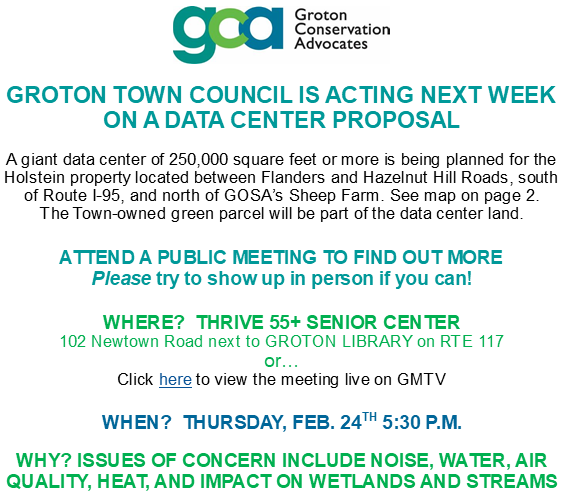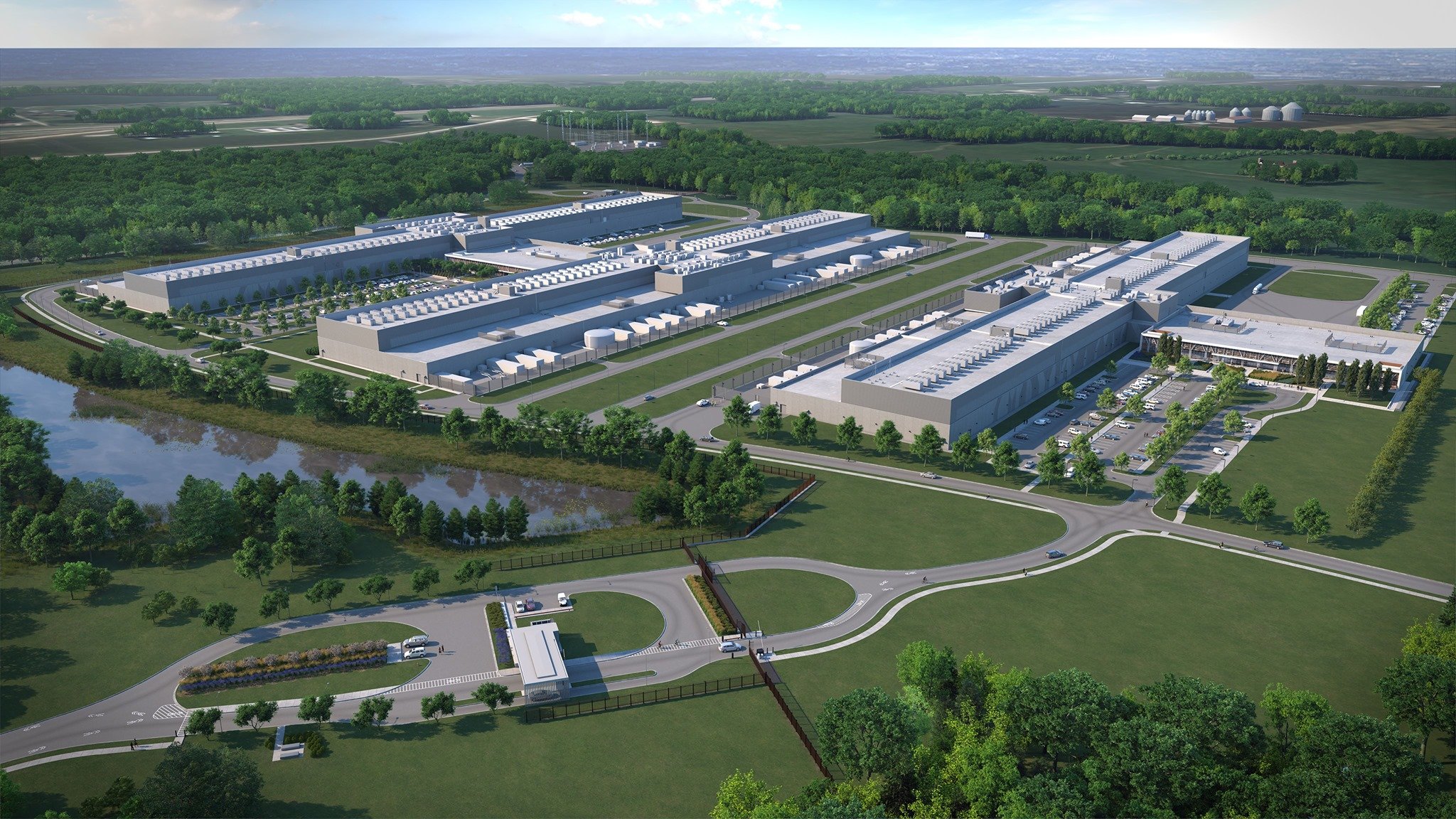A recent commitment by the US Congress will significantly increase the number of submarines built at Electric Boat (EB) over the next 20 years. This means a huge expansion in the EB work force of 17,000 adding possibly as many as 12,000. Last year EB hired 2,000 new employees and plans to hire an additional 2,000 workers this year. Groton is working hard to provide additional housing to attract these workers to live in Groton, but at present 80% of them live in other towns. As this workforce grows, the commuter traffic on I-95, I-395 and other highways will grow with it, clogging our interstate and pumping more CO2 into the atmosphere.
Zell Steever of GCA and Chairman of the Groton Town Council’s Resilience and Sustainability Task Force has developed a forward-thinking alternative proposal for the region to get people out of their cars and onto passenger rail service. He has gained the support of the towns of Groton and Stonington, the Cities of Groton and New London, as well as Pfizer, the CT Commuter Rail Council, and our state assembly delegation: Reps Christine Conley and Joe de la Cruz. Reps Conley, de la Cruz and Nolan have introduced a draft bill to require a feasibility study and operational plan for the passenger rail expansion idea in the region; they have a growing list of cosponsors, nine as of this writing. A public hearing is expected this winter.
The proposal would use existing railroad tracks owned by Amtrak and the Providence and Worcester Railroad. No new railroads would have to be built. The proposal has two parts: it expands commuter passenger rail on CT Department of Transportation’s (DOT) Shore Line East (SLE) from New London to Westerly, RI, and in the future to Providence and Boston. The expanded SLE service would connect with a new proposed north-south rail service, to be known as the Norwich Branch Line, on existing tracks that run up the east side of the Thames River, between Pfizer/EB at the southern end to the south gate of the SUBASE on the north end with a possible future extension to Norwich. The intersection of these two rail lines would be at a new railroad station or platform in downtown Groton where the two lines run parallel. So, one could hop on the train at Madison or Old Saybrook and switch trains at Groton to get off at the front door of both EB and Pfizer, or at the south gate of the Navy Base (SUBASE).
Steever has talked with U.S. Rep. Joe Courtney, chair of the subcommittee on Seapower of the Appropriations Committee, about this project as well as staff at the SUBASE and the Southeastern Connecticut Council of Governments. If combined with a mixed-use redevelopment of Groton’s downtown, this project could provide an exciting redevelopment opportunity for all of Groton, New London and the region. Zell welcomes your testimony and letters of support when this goes to public hearing in Hartford.











